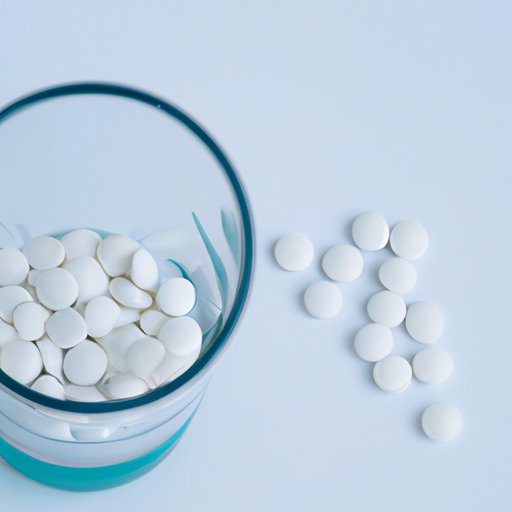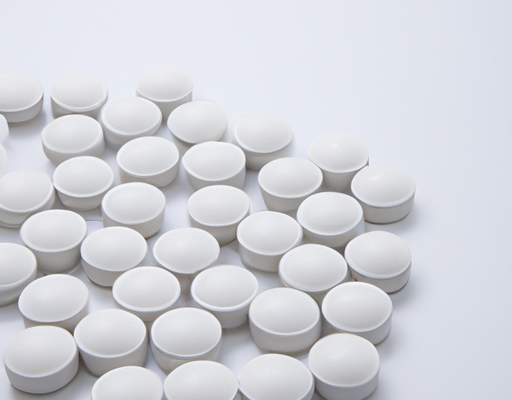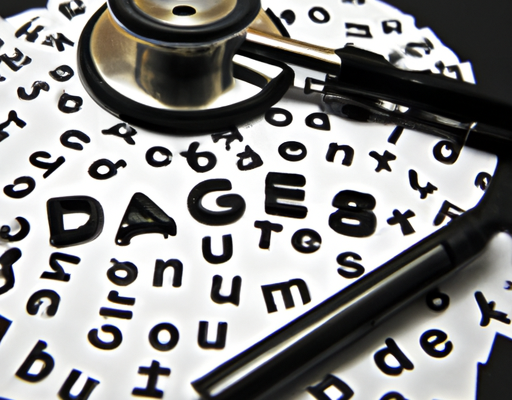1. Common causes of tiny bumps on face
Tiny bumps on the face are an incredibly common skin care concern and can be caused by a variety of factors. Some of the most common causes for these bumps include acne, milia, keratosis pilaris, moles, and contact dermatitis. Acne is one of the most common causes and can appear as small, red bumps, white heads, and black heads. Milia are tiny white bumps that are often mistaken for acne, but unlike acne they don’t contain pus. Keratosis pilaris is a mild skin condition that causes tiny bumps and rough patches on the skin. Moles can appear as small growths as well and can vary in color and texture. Contact dermatitis is an allergic reaction that can show up as tiny bumps, rashes, and redness. If your tiny bumps are causing concern, it is recommended to visit a dermatologist who can provide the best diagnosis and treatment for your skin.
2. Diagnosing underlying cause
When it comes to tiny bumps on the face, it is important to diagnose the underlying cause. This can usually be determined by talking to a doctor or dermatologist to investigate the possible causes. It may be helpful to look at lifestyle factors, such as stress, diet, and hygiene, as well as any potential triggers that could be causing an allergic reaction. Skin samples may be taken to accurately identify any viruses or bacteria that could be contributing to the bumps. Treatments can then be tailored to the underlying cause, such as oral medication, ointments, or laser therapy. In the event that the underlying cause cannot be identified, it may be necessary to take a more holistic approach to improving the condition of the skin.
3. Treatment options
For many people, tiny bumps on their face can be a source of embarrassment. In most cases, these bumps are caused by a type of skin condition known as milia, which is caused by the buildup of keratin under the skin. If you are self-conscious about the tiny bumps on your face, there are several different treatment options available. You can use topical treatments such as retinoids, anti-inflammatory creams and salicylic acid to help reduce the appearance of the bumps. For deeper cases of milia, your dermatologist may suggest a chemical peel or laser treatment to help reduce the bumps. If you want to address the underlying cause of your bumps, you can look into changing your skincare routine to reduce inflammation. Taking a daily supplement that contains essential fatty acids may also help reduce the appearance of any facial bumps.
4. Complications
Having bumps on your face can be an uncomfortable experience and can lead to further complications. These bumps can be the result of different skin conditions, such as acne, rosacea, and allergic reactions, and they can be painful and unsightly. In some cases, the bumps can become infected, which can cause extreme swelling, redness, and pain. If left untreated, the infection can spread and cause other issues, such as an increased risk of scarring, and can even lead to long-term health problems. It is important to seek medical advice if you experience any of these complications in order to prevent further issues.
5. Prevention
It’s time to take a look at how to prevent the appearance of tiny bumps on your face. Taking proactive measures can go a long way in controlling your skin condition. Here are a few steps you can take:
- Maintain a regular skin care routine. Cleansing your face twice a day and using a gentle exfoliant can help keep your skin from producing too much oil.
- If you’re prone to acne, speak to your doctor about medications you can use to reduce inflammation.
- Limit your exposure to the sun. Use sunscreen and seek shade when outside.
- Don’t pick at or squeeze blemishes. This can make them worse and cause scarring.
- Moisturize your skin regularly. This can help keep your skin hydrated and prevent dryness.
By following these simple steps, you’ll be well on your way to banishing any small bumps on your face. Stay dedicated to your skin care regimen and you should start to see improvement in no time.





No Comments